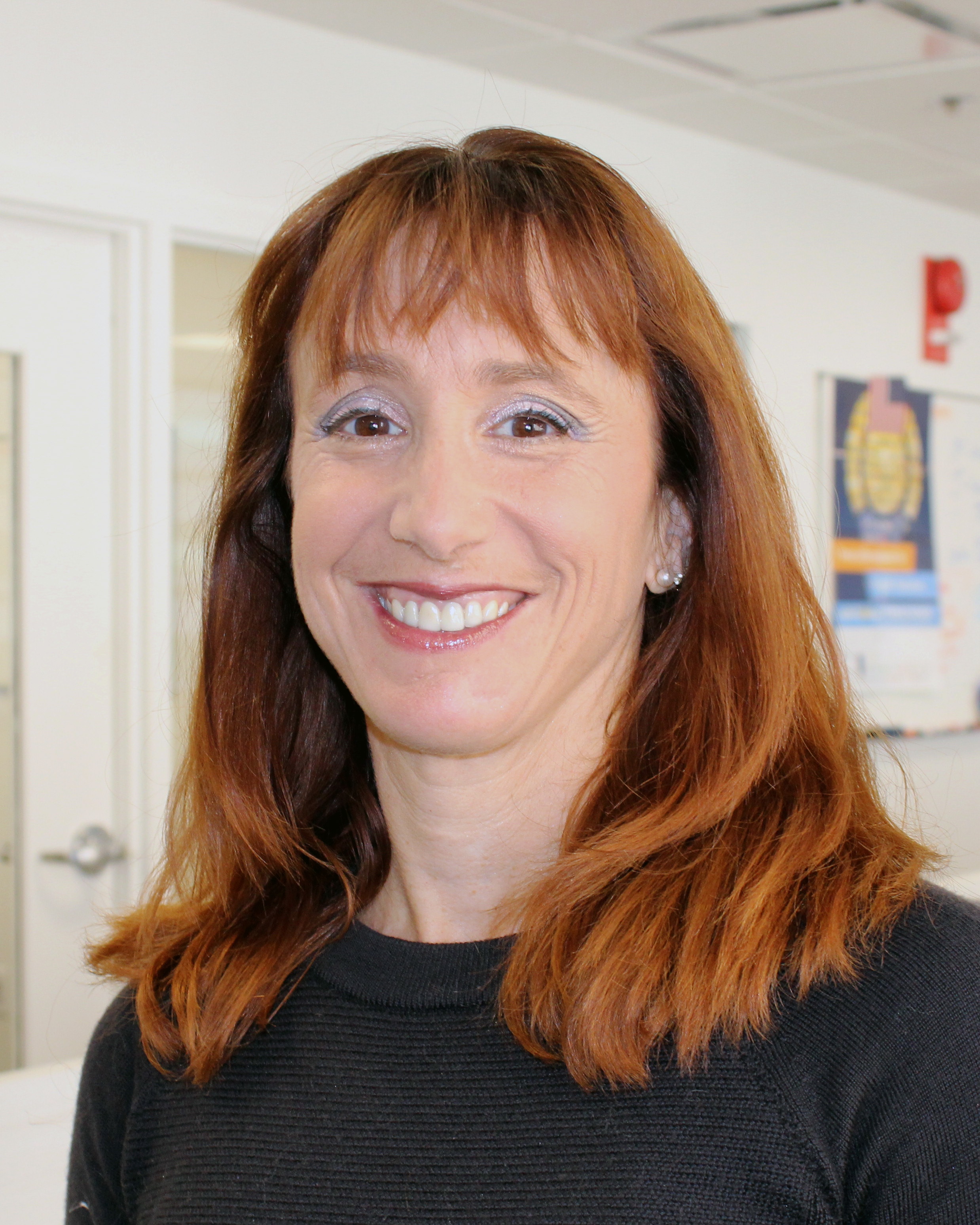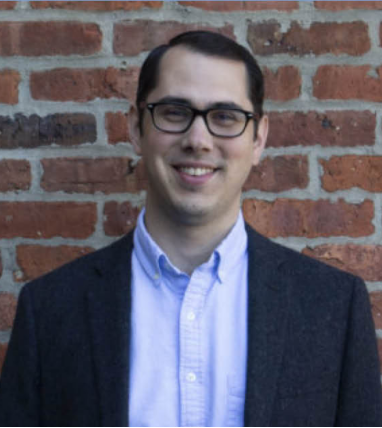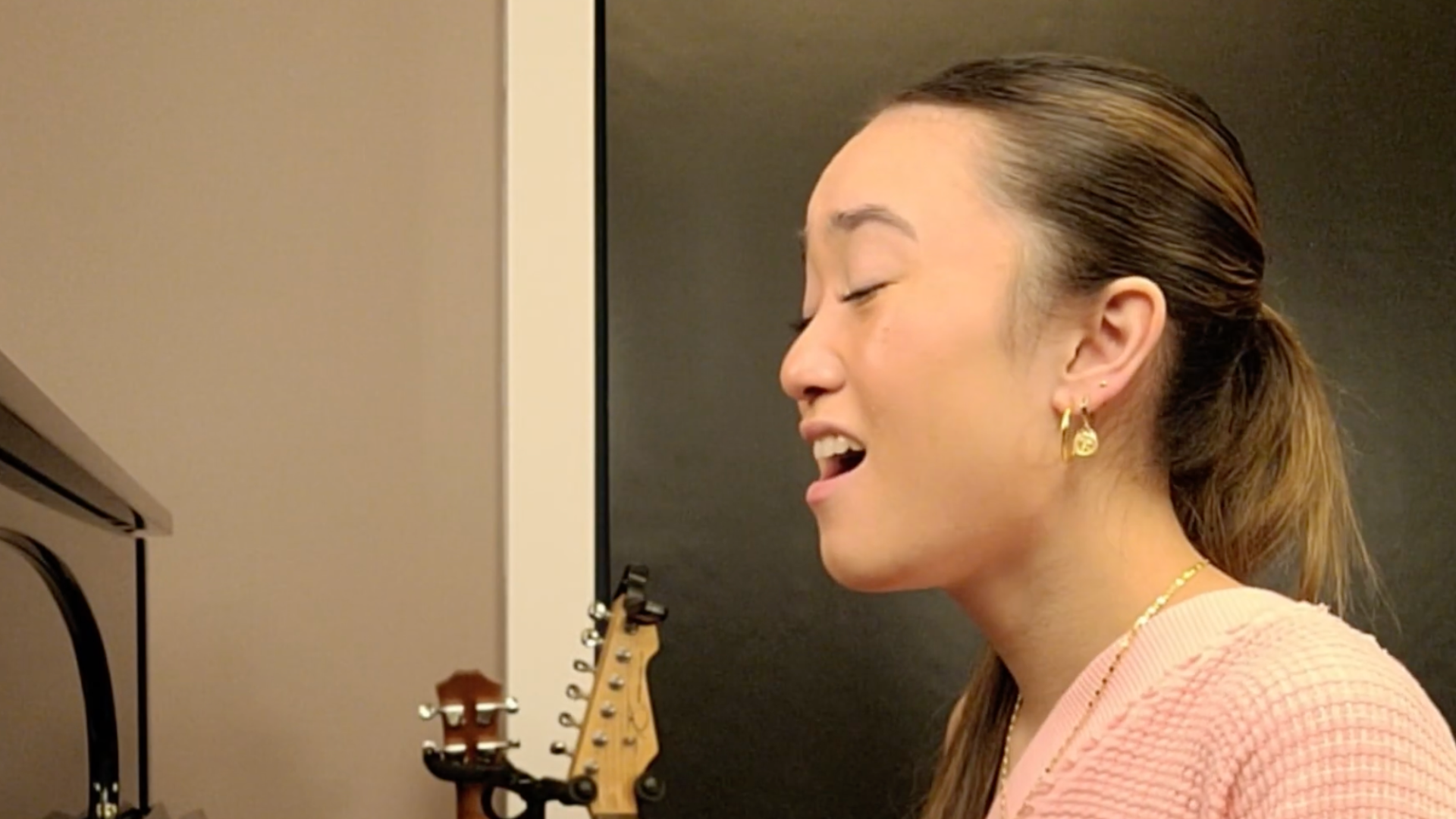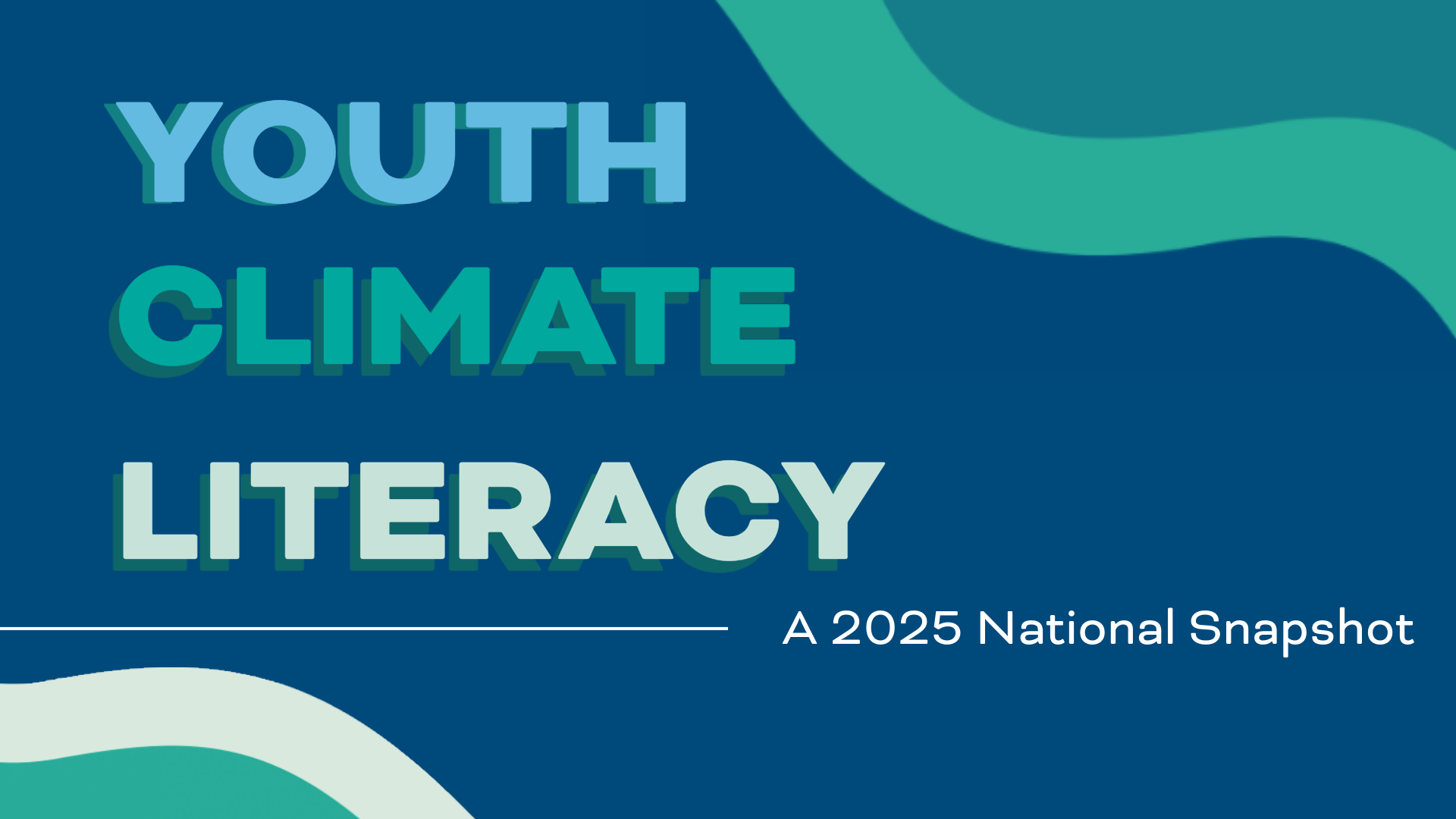Resources — Other Resources
Afterschool Will Be a Key Partner in Climate Change Education
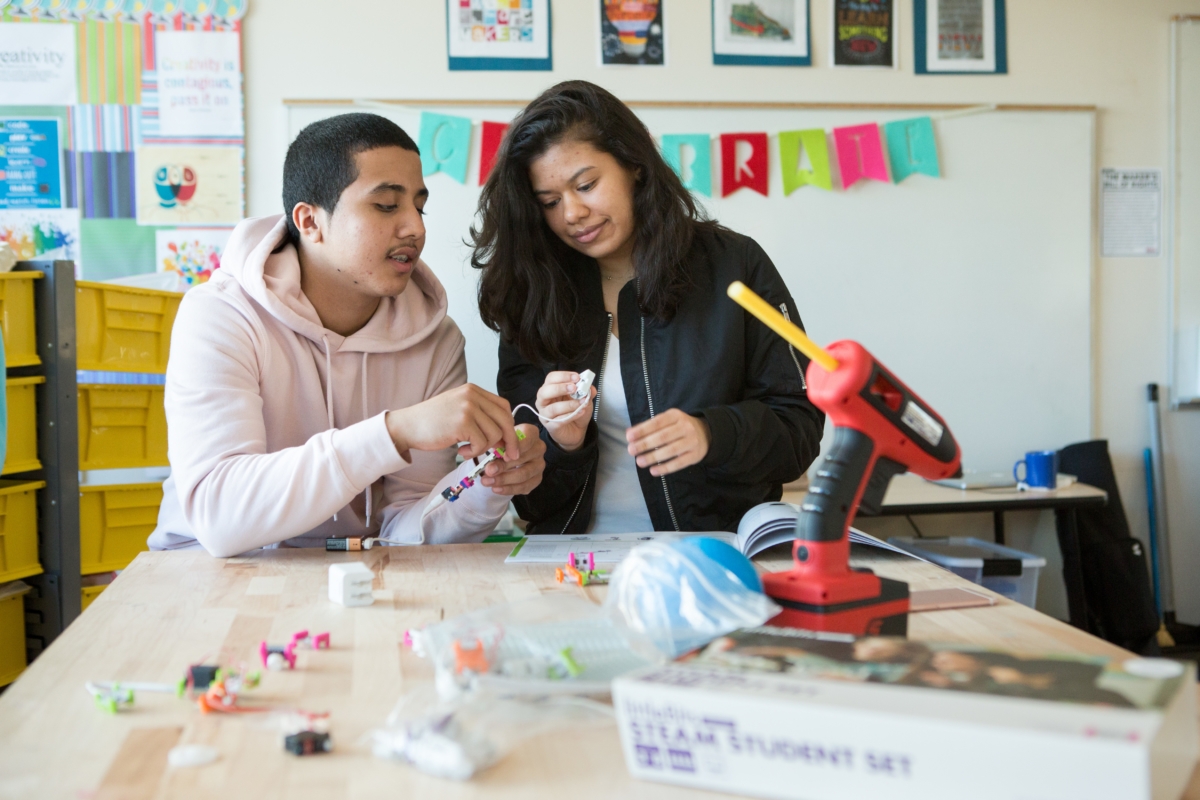
Photo by Allison Shelley for American Education: Images of Teachers and Students in Action.
More than 80% of students’ waking hours are spent learning outside of school—at afterschool and summer programs, in libraries, museums, science centers, or at home or in their communities. These settings present an incredible opportunity to meet students in environments where they are and provide learning opportunities that allow them to try new activities, spark interest in new subjects or potential careers, and receive hands-on training and workforce experience with industry partners. As youth continue to push for climate action, afterschool programs can help children and youth prepare to find climate solutions and be leaders of a more sustainable world.
A limited understanding of scientific research and evidence of climate change can be a barrier to gathering support for climate action. Afterschool programs can help youth build their interest and understanding of climate science. In recent studies of afterschool STEM programs, participants made positive gains in science career knowledge, increased interest in STEM, and developed “science identity”—a personal belief that they can succeed at science. These are the results we need to overcome current barriers and inspire action to mitigate pollution and reduce carbon and other greenhouse gas emissions.
"Afterschool programs can help youth build their interest and understanding of climate science."
Over 7.8 million students attend afterschool programs in the United States. These range from arts-focused programs run by local community partners to service learning projects where students tackle community health disparities. Over 70% of afterschool programs nationwide include STEM learning in their programming. The flexibility and innovation in afterschool has been invaluable to engaging students in different STEM subjects through hands-on experiential learning.
At the Carole Robertson Center for Learning in Chicago, youth attending the afterschool program have an opportunity to participate in a 6-week environmental science and climate change program to learn about air, water, and soil quality through fieldwork in the city. Students begin with a history of environmental justice to familiarize themselves with the organizations and figureheads that have worked towards a cleaner environment. Students then move out to the community to explore the workings of urban farms, composting, soil science, drinking water access, and other topics that give them a glimpse into the impact climate change has had on the environment around them. At the conclusion of the program, students create a public awareness campaign to educate the local community on the impacts of pollution and climate change.
Afterschool also has a rich history of empowering youth voice and choice, allowing students to drive the programming options based on their interest. With youth taking particular interest in the impacts of climate change on their futures, afterschool is a prime opportunity to support those interests with environmental focused learning and community action opportunities. Efforts to increase environmental and climate change education will find an eager partner in the afterschool and out-of-school time (OST) field.
"With youth taking particular interest in the impacts of climate change on their futures, afterschool is a prime opportunity to support those interests with environmental focused learning and community action opportunities."
A key support for afterschool over the last three decades has been the infrastructure of the statewide afterschool networks. In Nebraska, Beyond School Bells has a rich history of supporting the OST field by developing environmental education related curriculum for youth in afterschool to examine topics related to green energy, food production and waste, and environmental protection. Beyond School Bells also invests in environmental programming ideas and clubs generated by the network of community partners in both rural and urban communities across Nebraska.
The network recently launched the Environment and Conservation Action Program to coordinate and support existing and new conservation-oriented OST programs in the state. The effort will bring a systematic approach that builds relevant and interconnected learning experiences that include emerging trends in environmental and conservation education and brings new energy and excitement to the OST field. The program will also focus on incorporating outdoor education into these efforts. Increasing outdoor education access is particularly important now that the pandemic has limited students’ learning opportunities. Outdoor learning will allow students to engage directly with their environments, learn how climate change affects their daily lives, and take action to address these issues.
We have an opportunity to truly connect all sectors of our education ecosystem and coordinate in ways that weren’t imaginable before the pandemic. Community partners like afterschool and summer programs responded to the needs of our students and families as the pandemic hit, and those same partners stand ready to provide learning opportunities aimed at helping our youth understand and address climate change. Students across the country are urging their leaders to provide opportunities to learn and take action for their future, and the responsibility rests with us to provide those opportunities in school and out-of-school.
